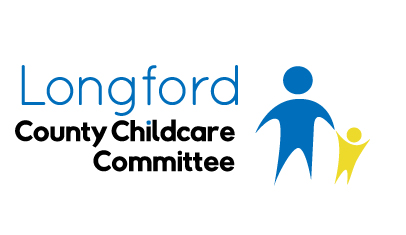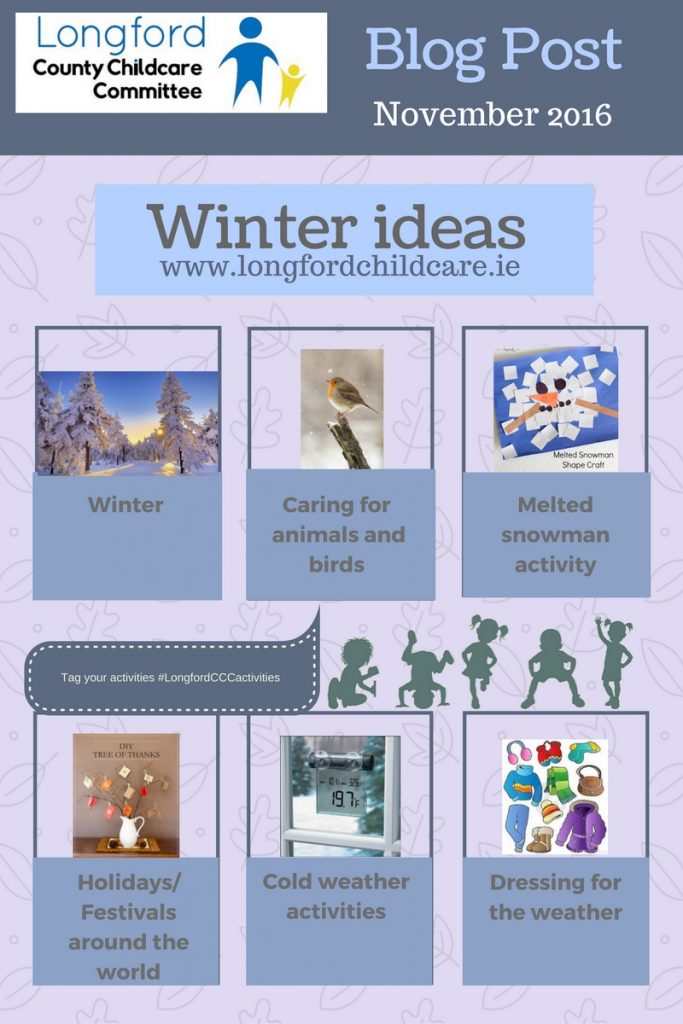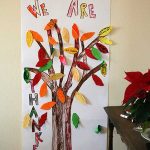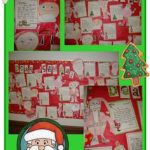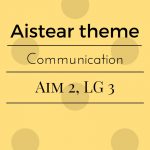Winter ideas for your early years services
Welcome to the second part of our winter blog. This blog looks at some of the festivals and holidays that happen during this time of year. It also focuses on communications skills and about new language we can introduce through winter ideas in our early years services.
Festivals/holidays around the world
Thanksgiving
Thanksgiving is celebrated in the United States, this year it fell last week on Thursday 24th November. It originated as a harvest festival. It has been celebrated as a holiday every year since 1863, when, during the American Civil War, President Abraham Lincoln proclaimed it a national day to be celebrated on the last Thursday in November. Americans traditionally eat Turkey on Thanksgiving, hence you will see a lot of turkey arts and crafts for this holiday.Traditionally in America, on Thanksgiving Day, people around the dinner table, give thanks for the blessings in their life, and here is a simple activity to do in your early years service with children which can be used at any time of the year.
Activity: Post it fun
What you need-
- Post-its
- pen/marker
- large poster card A3/A3
This activity can be done with any age, once they can talk.
Simply ask the children what they are grateful for in life/ what they give thanks for/ what they love about their life, use language appropriate to the child’s level of cognitive understanding. Fill the child’s response out on the post-it. This is a great way for children and staff to reflect on their lives.
Examples below of creative ways to display this activity.
(image sources: www.woohome.com, www.craftbyamanda.com and www.sycamorestirrings.blogspot.ie)
Hanukkah
Hanukkah is a Jewish holiday commemorating the rededication of the Holy Temple in Jerusalem . Hanukkah is observed for eight nights and days, starting on the 25th day of Kislev according to the Hebrew calendar, which may occur at any time from late November to late December, this year it starts the evening of Saturday 24th of December and ends January 1st. It is also known as the Festival of Lights and the Feast of Dedication. The name “Hanukkah” derives from the Hebrew verb meaning “to dedicate”.
Activity: Latkes
Latkes are similar to Irish potato bread or boxty cakes.
Ingredients:
- 6 medium potatoes
- 1 egg
- 3 tablespoons flour
- 1/2 teaspoon baking powder
Have the children help you will all of these steps.
- Wash the potatoes with a vegetable brush.
- Cut the potatoes in half. Help the children grate them on a grater (no, do not peel them!).
- Mix the grated potatoes in a large bowl with the egg.
- Add the flour and baking powder.
Now this part is done by an adult:
Drop by the spoonful into hot cooking oil in a frying pan. Brown on both sides.
Drain on paper towels.
The are delicious served with applesauce!
Christmas
Christmas is celebrated in Ireland much like the UK and the USA but we do have some customs and traditions of our own.
The 26th December the day after Christmas Day is known as St. Stephen’s Day in Ireland. One very old tradition is the Wren Boys Procession that takes place on this day in some counties. This goes back to ancient times when a real wren was killed and carried around in a holly bush. Some processions still take place, but no wren is hunted or used. Mainly this is celebrated through young men and women dress up in home made costumes and go from house to house carrying a long pole with a holly bush tied to its top and singing a rhyme about a wren bird along with other songs. Sometimes they are accompanied of violins, accordions, harmonicas and horns.
The rhyme that is often used is:
‘The wren, the wren, the king of all birds
On St. Stephen’s day was caught in the furze.’
The wren is one of the smallest birds in the UK and Ireland, but has a very loud song and is sometimes called the ‘king of all birds’. This is because of the legend of a little wren who rode on the top of an eagle’s head and boasted he had ‘flown higher than an eagle’.
The 6th January is known as the Feast of the Epiphany and is celebrated in some towns in Ireland as ‘Nollaig na mBean’ or Women’s Christmas. Traditionally the women got the day off and the men do the housework and cooking!
In Irish (or Gaelic) Christmas is ‘Nollaig’, Santa Claus is known as ‘Daidí na Nollag’ (Father Christmas) and Happy/Merry Christmas is ‘Nollaig Shona Dhuit’.
Activity: Letter writing
(image source:pinterest)
It’s nearing that time of year again, although many children have probably their letter to Santa wrote at home it is a great activity to do in your service.
What you will need:
- White card/paper
- Envelopes large enough to fit the children’s letters
- Toy magazines, such as Argos/Smyth’s, ensure you’ve plenty
- Scissors
- Glue sticks
- Allow the children to take in turns to look through the toy catalogues. Allow them to cut out their toys of choice.
- Let the children stick these to their white card/paper.
- The children will want to make it their own, so let them draw on them, write on them or colour as they so wish.
- Place them in an envelope.
- Here you can tell the child the letters need to be brought to a post-box (they might be able to tell you the nearest). Alternatively you can ask your postman, could he pay a visit for a few minutes that morning or whenever he delivers the mail, to collect all the children’s post.
Alternatively you could send emails to Santa or you could do also as a group email, wishing him and the reindeers well. If you google emails to Santa, there is various accounts that do so.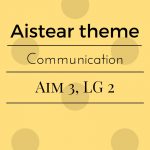
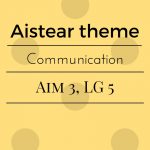
Cold weather
As the weather gets colder and Jack Frost shows his presence, it’s a nice opportunity to teach children about temperature, cold and hot.
There are so many ways to explore hot and cold without spending any extra money. Some things you might consider rounding up from around the service or using this week are as follows:
- A hair dryer
- Ice cube trays
- The great outdoors!
- Heating packs
- Ice packs
- Salt (to melt ice)
- radiators
Temperature language- Some words to consider implementing this week are as follows: temperature, hot, hotter, warm, warmer, cold, colder, icy, cool, cooler, lukewarm, mild, melt, freeze, room temperature etc…
Activity: hot and cold
Why not do a simple activity of tracking the daily temperature? This can be an indoor or outdoor activity or both.
Many of you will have thermometers on your class wall already. This can lead to the discussion about Hot, Warm, and Cold and even introduce superlatives to understand if it was hotter or cooler than yesterday. Thermometers, can also be got for outside, here you may be able to reference 0 degree and explain to the children that the water starts to freeze at this temperature, and hence why we have frost in our gardens sometime. You can also explain to them the frost goes, once the temperature is above the 0 degree temperature.
In addition, you could play a game all week to identify what is hot, warm and cold. Have different colour labels ready and get the children to put ‘hot, cold or warm’ on items they noticed a temperature for.
If you carry out any of the activities, we would love if you would share with us or tag us at #LongfordCCCactivities
